Moving your child to a floor bed means their whole bedroom is open to exploration. Newfound freedom is exciting, but it also comes with risks. Toddlers, who are notoriously curious and sometimes mischievous, need some extra babyproofing when they transition to using a bed.
Key Insights:
-
Avoid blankets, pillows, and stuffed animals until your child turns 2 years old.
-
Anchor tall furniture that poses a risk of falling over if your child climbs on it.
-
Secure cords where children can’t reach them and remove items that are choking hazards from your child’s room.

According to Dr. Irwin, MD, FAAP, of Little Nest Pediatrics, when children graduate to a toddler bed, "the sleep environment grows from the crib to the whole room." So, what should be on your baby proofing checklist? We spoke to several expert pediatricians, including Dr. Irwin, Dr. Wiersma, and Dr. Dovico. They shared essential information parents should know about baby proofing for the toddler stage.
Baby Proofing for Floor Beds: Encouraging Independence—Safely
Leaving the crib behind brings lots of independence, whether you opt for a toddler bed or a floor bed. Independence can increase your child's confidence, teach them life skills, and even make bedtime a little easier. The Montessori method promotes using a floor bed from a young age for these positive benefits.

As you take on this next step, all the pediatricians we spoke with highlighted safety as a top priority. You can offer independence without compromising safety. "It’s important to make sure that the room is safe for them to be in unsupervised," said Dr. Wiersma, a board-certified pediatrician in Scottsdale, Arizona, and the owner of PeaPod Pediatrics.
Additionally, all three pediatricians recommended making the transition to a bed between the ages of 2 and 3. That said, "Many kids need to make the transition sooner if they’re climbing out of the crib," Dr Wiersma acknowledged. When in doubt, talk with your child's pediatrician to make the best decision for your child's health and safety.
Baby Proofing Checklist for Toddler Room

Here's what parents need to know about baby proofing their toddler's room once they are using a floor bed or toddler bed.
Baby Proofing Your Toddler's Sleep Space

Dr. Dovico of Joyful Pediatrics in Greensboro, North Carolina, has an important reminder for parents about safe sleep. "Many of the infant safe sleep strategies still apply to children under 2 years old. Toddlers should sleep on a firm mattress with a fitted sheet, avoiding soft bedding, pillows, and loose blankets," she explained.
Beyond the age of two, Dr. Wiersma says it's considered safe to introduce a small, lightweight blanket and a small, firm pillow. "Try to avoid additional loose bedding or stuffed toys that could still pose an entrapment or suffocation risk for toddlers," she recommends.
Dr. Wiersma also highlighted the importance of positioning the bed safely. Parents should either keep the bed well away from the wall or place it very close to the wall. The goal is to eliminate gaps that might pose a risk for entrapment.
Baby Proofing Furniture
Anchoring heavy furniture is another essential when babyproofing, Dr. Irwin says. "Toddlers are natural climbers, and some pieces of furniture, like a chest of drawers, may seem like the perfect ladder to them," she pointed out. Parents can use anchoring kits that come with furniture or purchase them separately.
Taking the extra time to anchor furniture to the wall can prevent tragedies. "In my ER days as a resident, I saw the heartbreaking results of furniture tipping over on a child. It’s something no parent should ever have to face, and it’s why I’m so passionate about spreading awareness," Dr. Irwin expressed.
You can also choose furniture that is safe against tipping risks. For example, our Montessori Bookshelf is low, front-facing, and sturdy. Also, consider our Play Shelf or Toy Box, which are perfect for safe, no-tip, toddler toy storage.
Baby Proofing Dangerous Items
Some items commonly found in homes pose a risk to infants and toddlers. While they may not be dangerous for adults, these items can cause serious injury to young children.
Cords and Curtains
Curtains and cords are window treatments found in nearly every home. In your child's room, cords create a risk for strangulation. They can also provide young children with the means to pull heavy items down on top of them.
"Even in a minimalist room, there will likely be a few—from lamps, sound machines, baby monitors, or window blinds," Dr. Irwin asserts. "Keep them 'high, tight, and out of sight,'" she recommends. For windows, parents may consider cordless treatments for enhanced safety.
Choking and Ingestion of Foreign Objects in Toddlers
Unfortunately, Dr. Irwin says choking is common in toddlers. "But there are simple ways to reduce the risk dramatically," she states.
"The best prevention is keeping small objects out of reach—but we all know toddlers are fast and curious, so supervision and teaching go hand in hand," Dr. Irwin explained about this aspect of babyproofing.
For toddlers age 2 and above, Dr. Irwin says parents can offer clear messages when they put small items in their mouths, such as "That's not food," or "That can hurt your tummy."
Additionally, parents should keep small items that are choking hazards out of reach of children. A good rule of thumb is to remove any item that can fit through a toilet paper tube from your child's room.
The Dangers of Button Batteries in Toys
In particular, Dr. Irwin says parents should look out for button batteries. Popular in many kids' toys, these batteries can cause severe internal injuries if swallowed. Parents should always supervise children when playing with toys that contain button batteries. When choosing electronic toys, Dr. Irwin recommends selecting ones with batteries secured by screws.
A better alternative is to only offer safe, non-toxic toys for young children. Natural wood toys like blocks, our Balance Board, or Balance Beam, are not only safer, but they also encourage active play.

Baby Proofing Considerations for the Rest of the Home
With a toddler in your home, it's also wise to baby-proof outside the bedroom in areas where your child plays, such as the living room. How much you baby-proof your home depends on the level of supervision you can maintain.
You may consider using baby gates to block off areas of the house. For example, you might place safety gates at the entrance to the kitchen or at the bottom and top of staircases. Dr. Dovico also recommends using a baby gate or childproof knob cover to prevent your toddler from exiting their room at night.
How to Baby Proof Your House
Childproofing your home doesn't have to include every single room. However, taking some steps to enhance safety can reduce risks. Some high-priority baby proofing steps include:
- Keep medications and cleaning supplies in locked cabinets or in a child-proof closet.
- Anchor heavy furniture to the wall in your child's bedroom and the living room.
- Keep sharp objects, like knives and tools, out of reach.
- Use outlet covers where your baby can reach outlets.
- Set your water heater to 120 degrees Fahrenheit or below. Even if you run your child's bath for them, your little one may turn on the water in the sink and scald themself if the water is too hot.
Being Prepared
No one wants an accident to happen. Besides childproofing, parents can further lower risks by preparing for the worst. Dr. Irwin urges parents to take a CPR course: "It's always a good idea to have basic CPR training, which also includes the management of choking in babies, kids, and adults," she advises.
Additionally, keep emergency numbers easily accessible. In an emergency, the last thing you'll want to do is Google poison control numbers. So, keep a list on your refrigerator or add them to your contacts so you can call quickly.
Also, check your home's smoke detectors and carbon monoxide detectors regularly. This will ensure your home's alert systems are working.
Baby Proofing Creates a Safe Space to Grow and Explore
Some time spent baby proofing your toddler's room reduces risks and gives you peace of mind. Do you have any favorite baby-proofing tips in your home? Share your top tips in the comments below.
For more parenting advice from expert pediatricians, follow:
- Dr. Irwin, MD, FAAP, Mom of 3, Founder, Owner, and Pediatrician at Little Nest Pediatrics. (IG: littlenestpediatrics)
- Dr. Wiersma is a board-certified pediatrician in Scottsdale, Arizona, owner of PeaPod Pediatrics, and mom of 3 boys. She's committed to keeping kids safe and empowering families with knowledge. (FB: PeaPod Pediatrics IG: peapodpeds)
- Dr. Dovico, MD, Pediatrician, and owner of Joyful Pediatrics-Greensboro, NC. Mom of 2 boys. (IG: drjaclyndovico FB: Joyful Pediatrics)
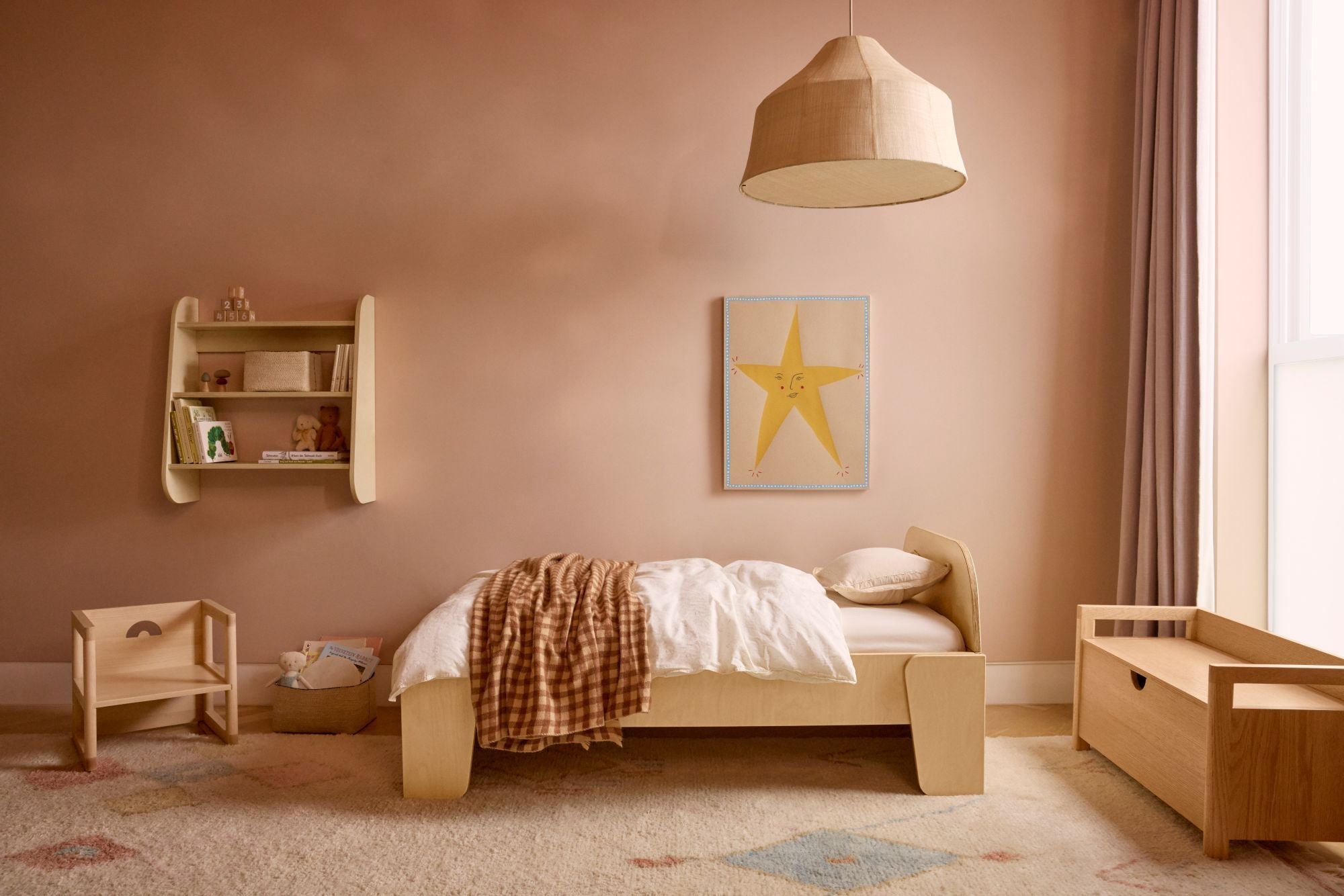




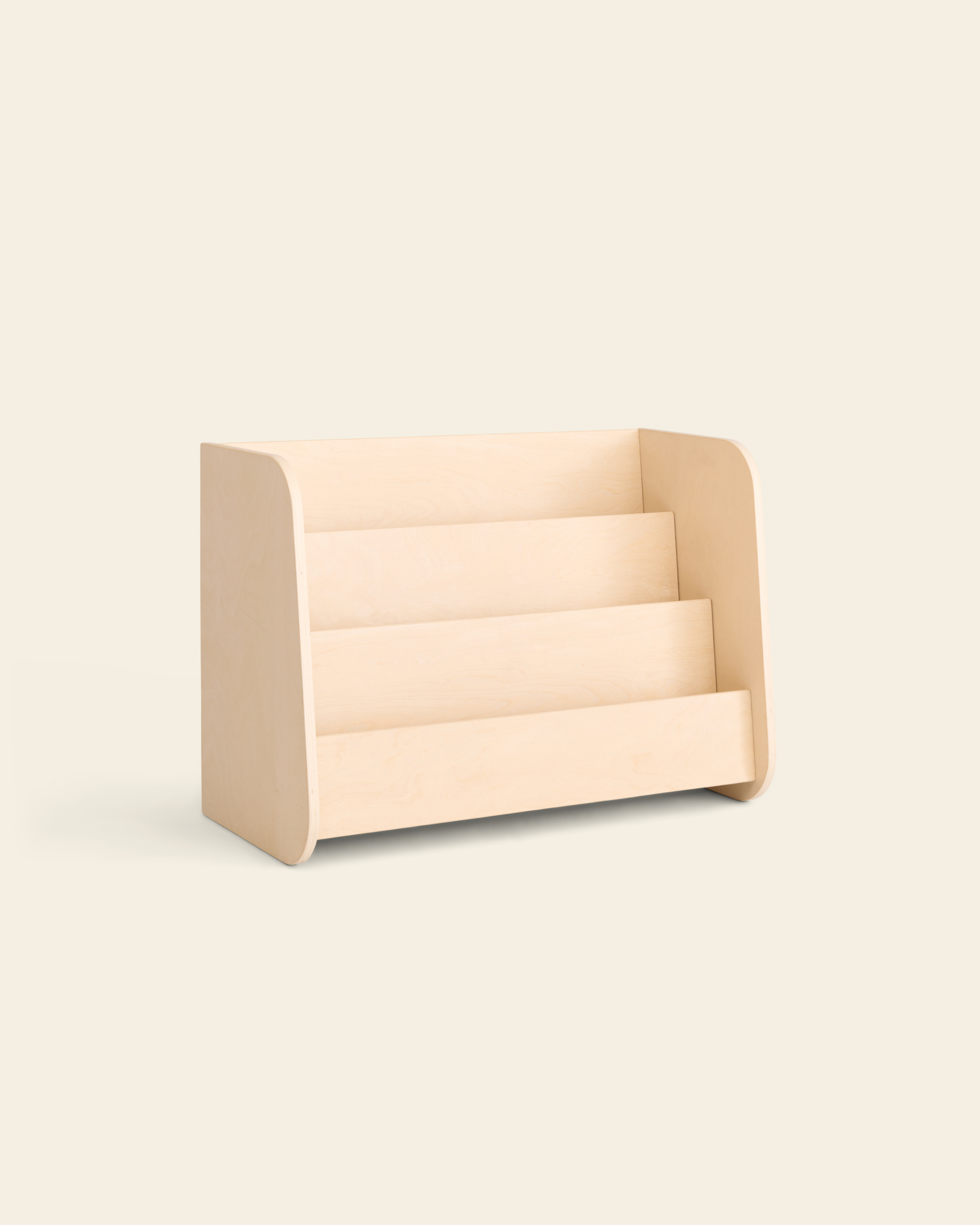
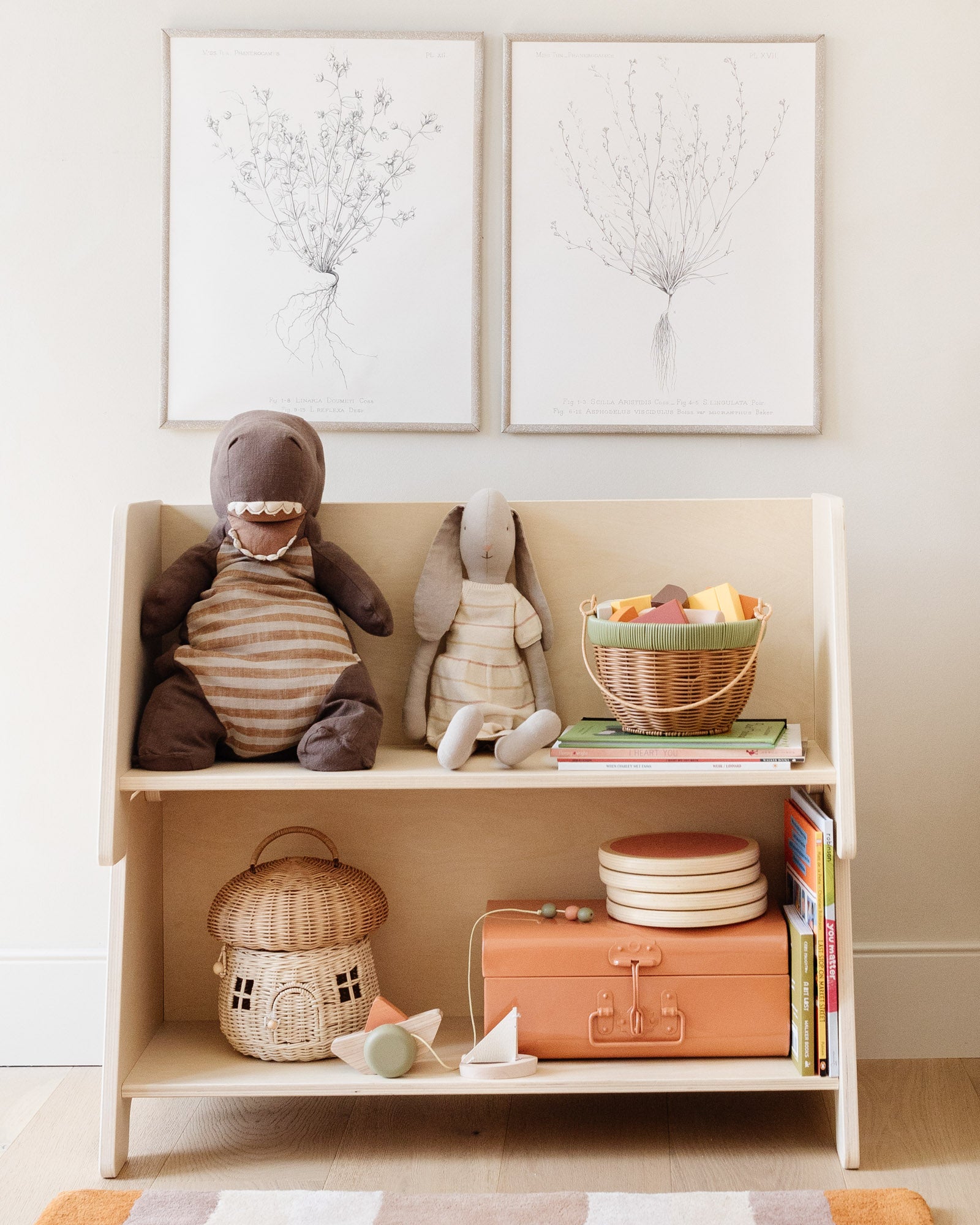


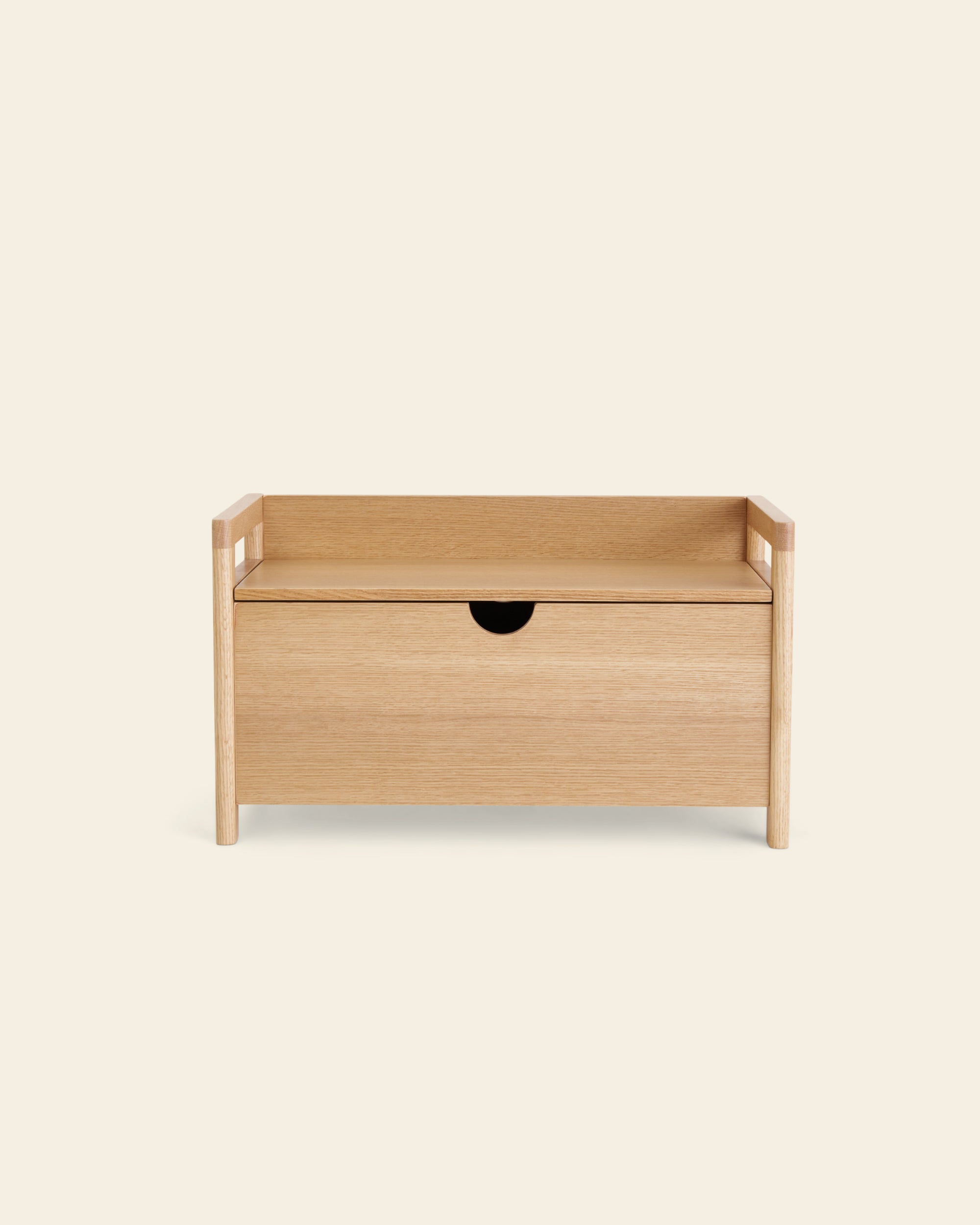
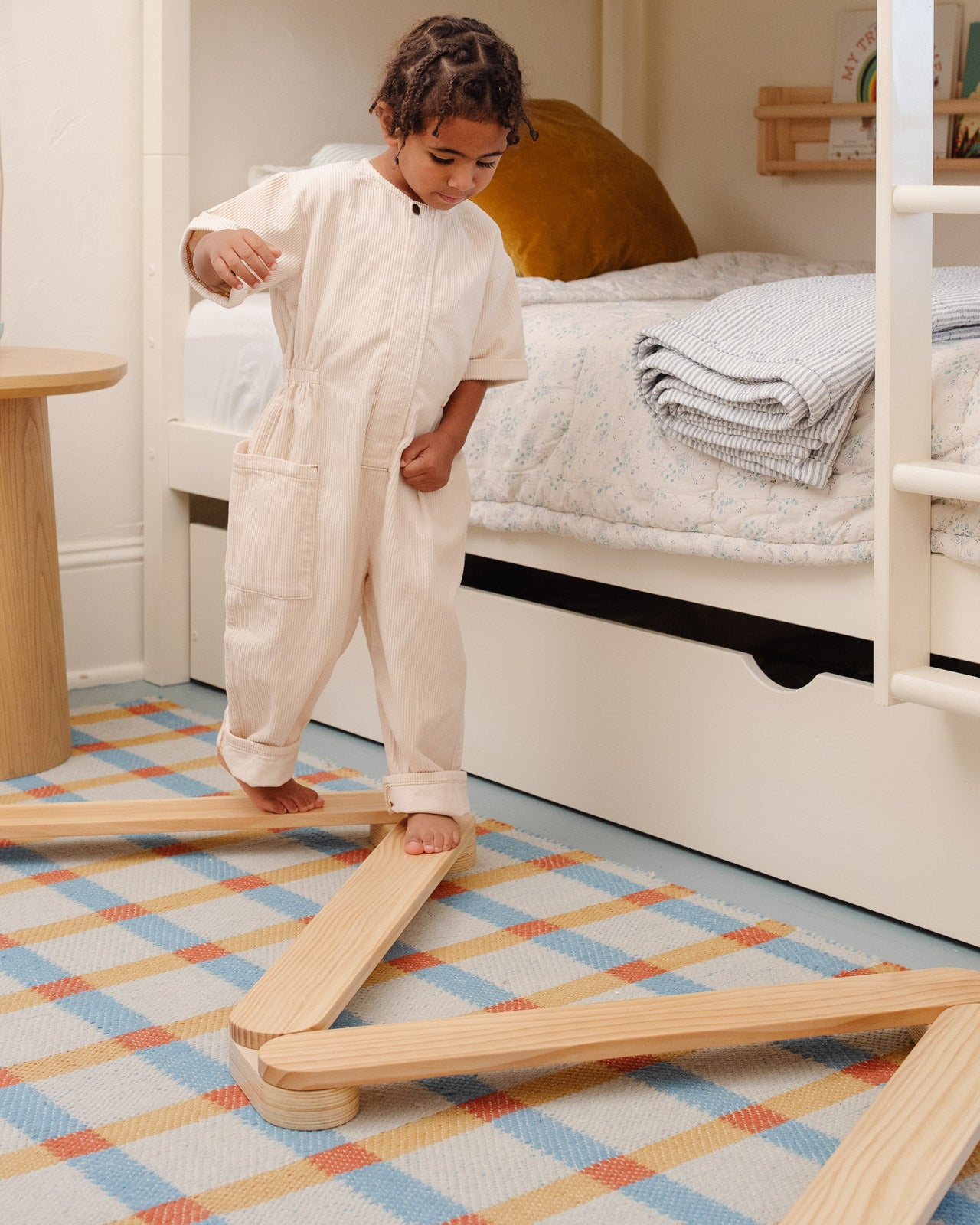

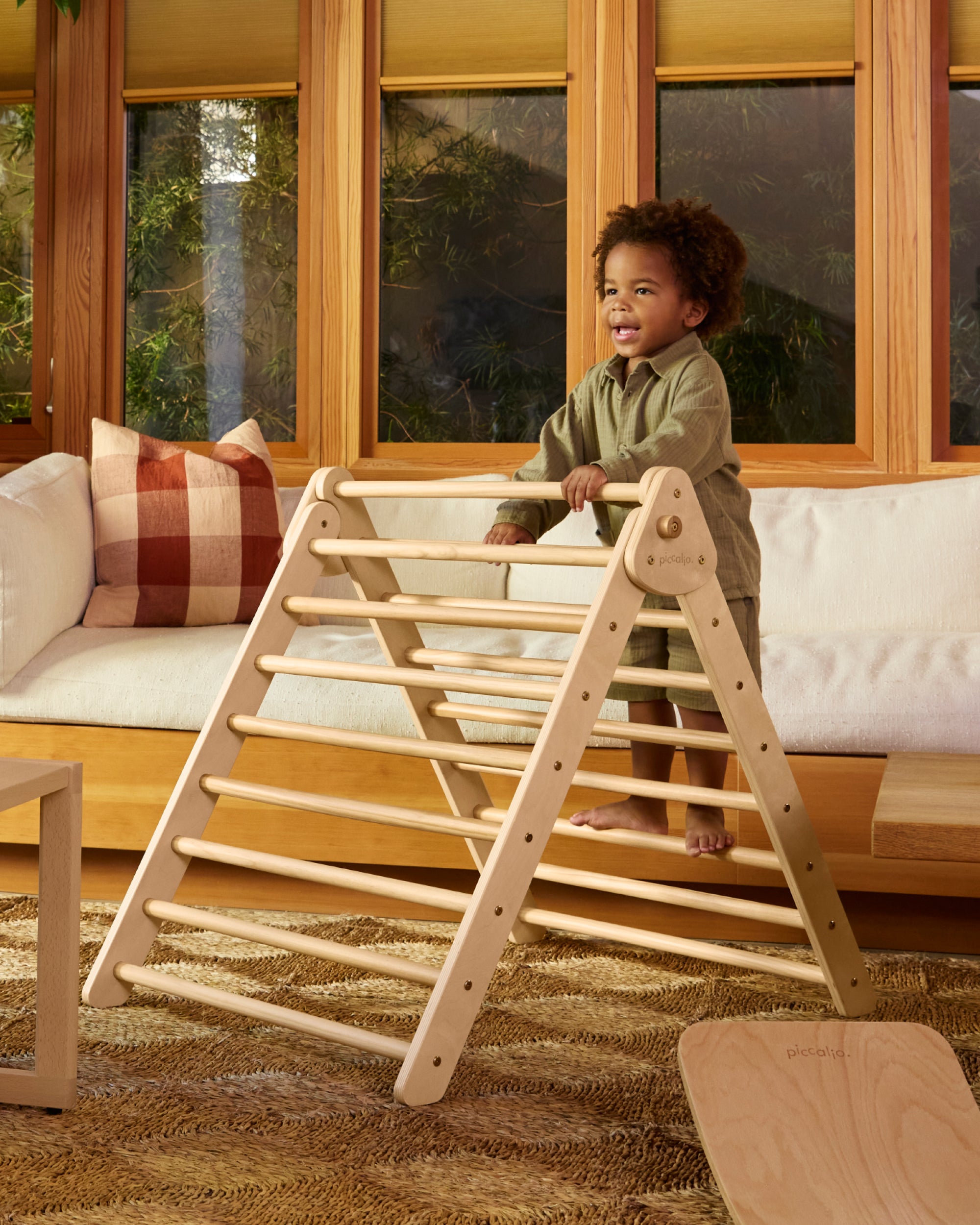
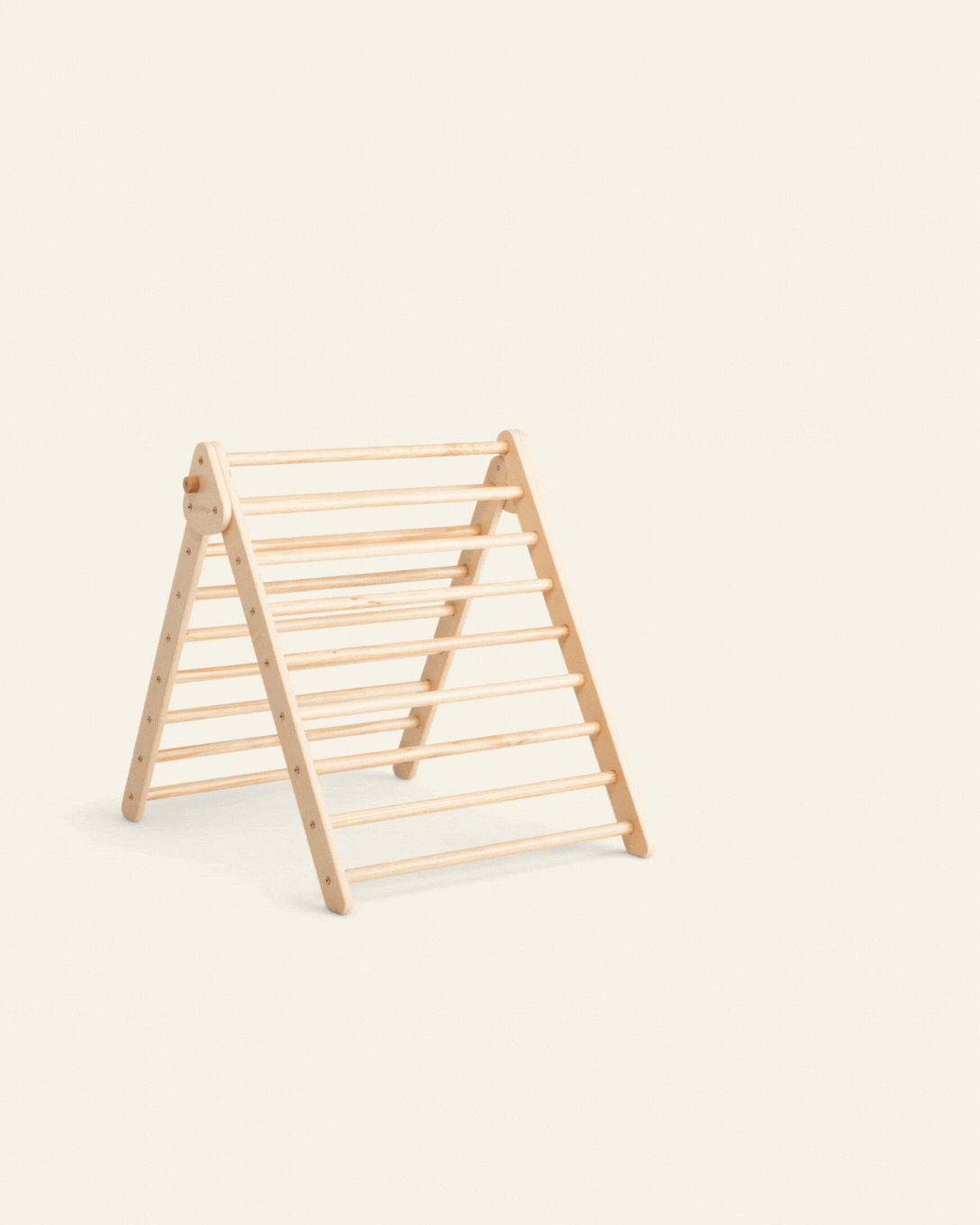
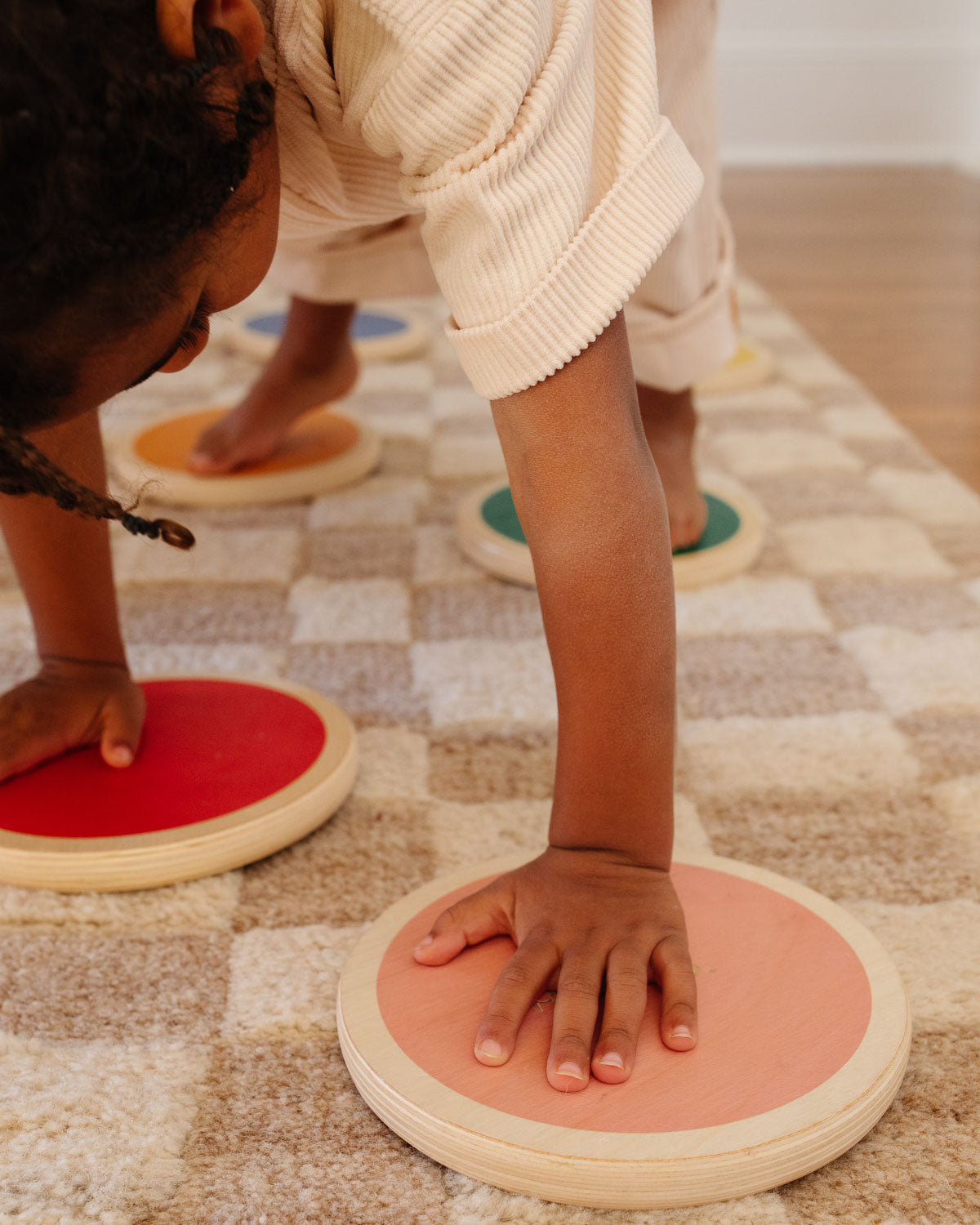

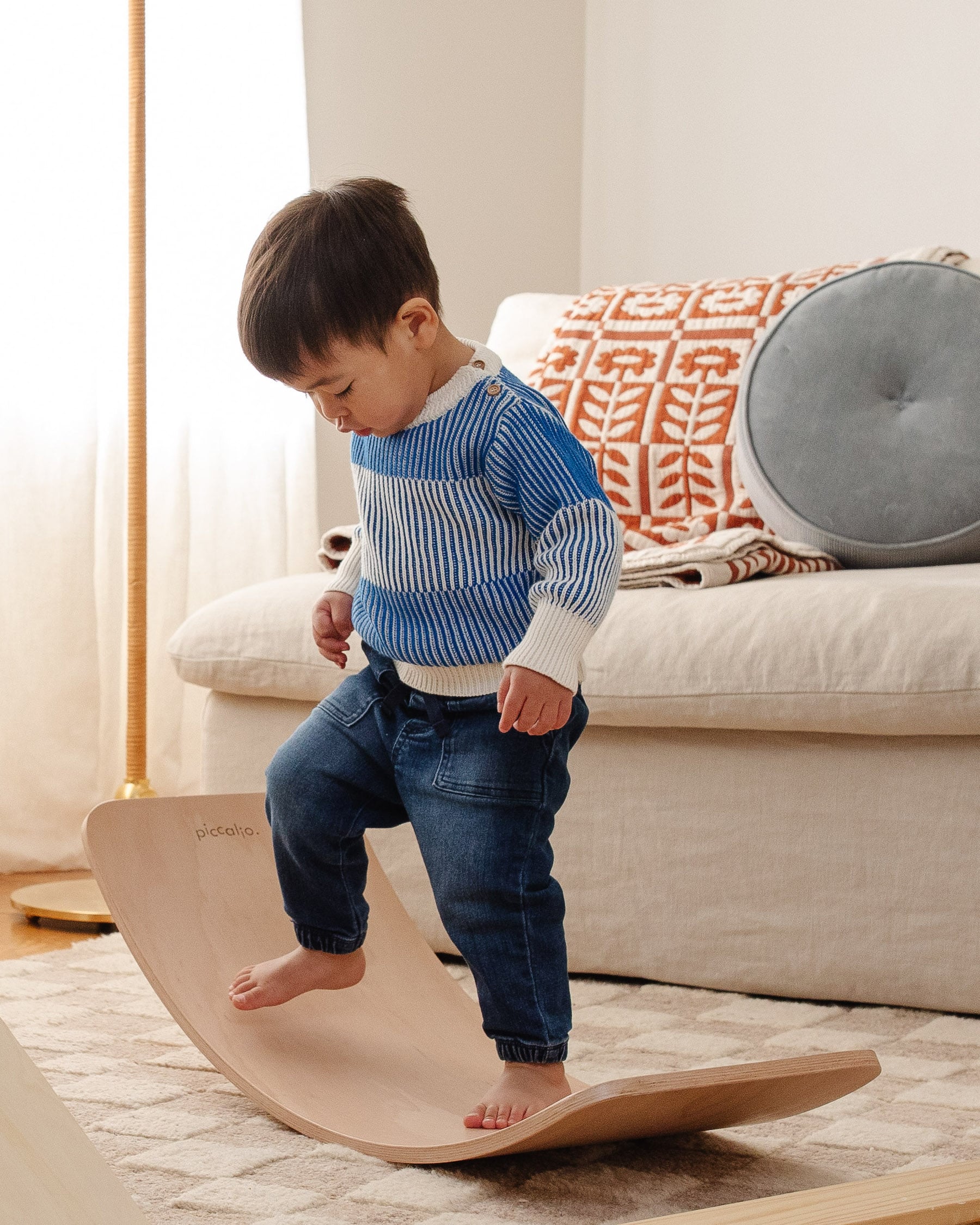
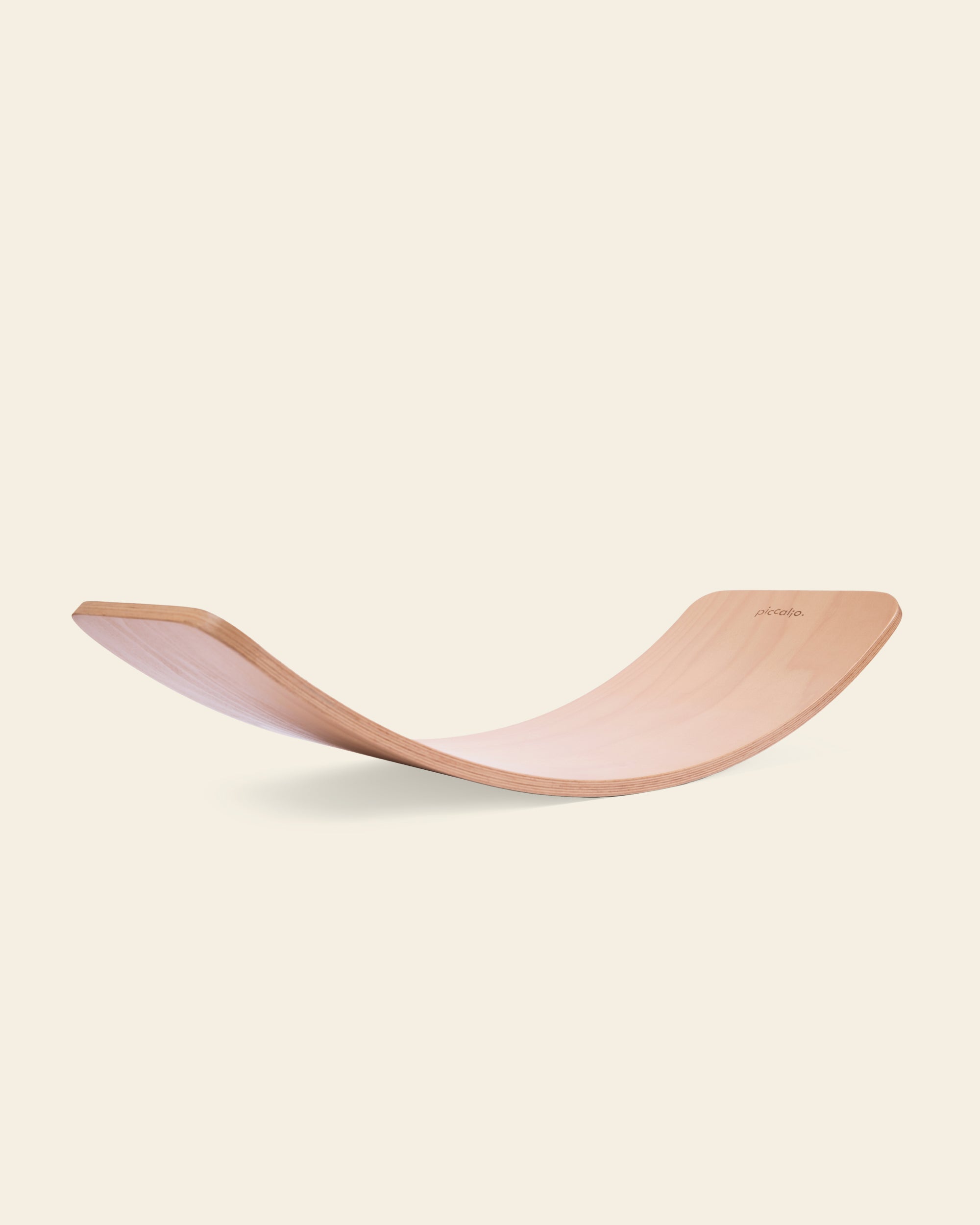
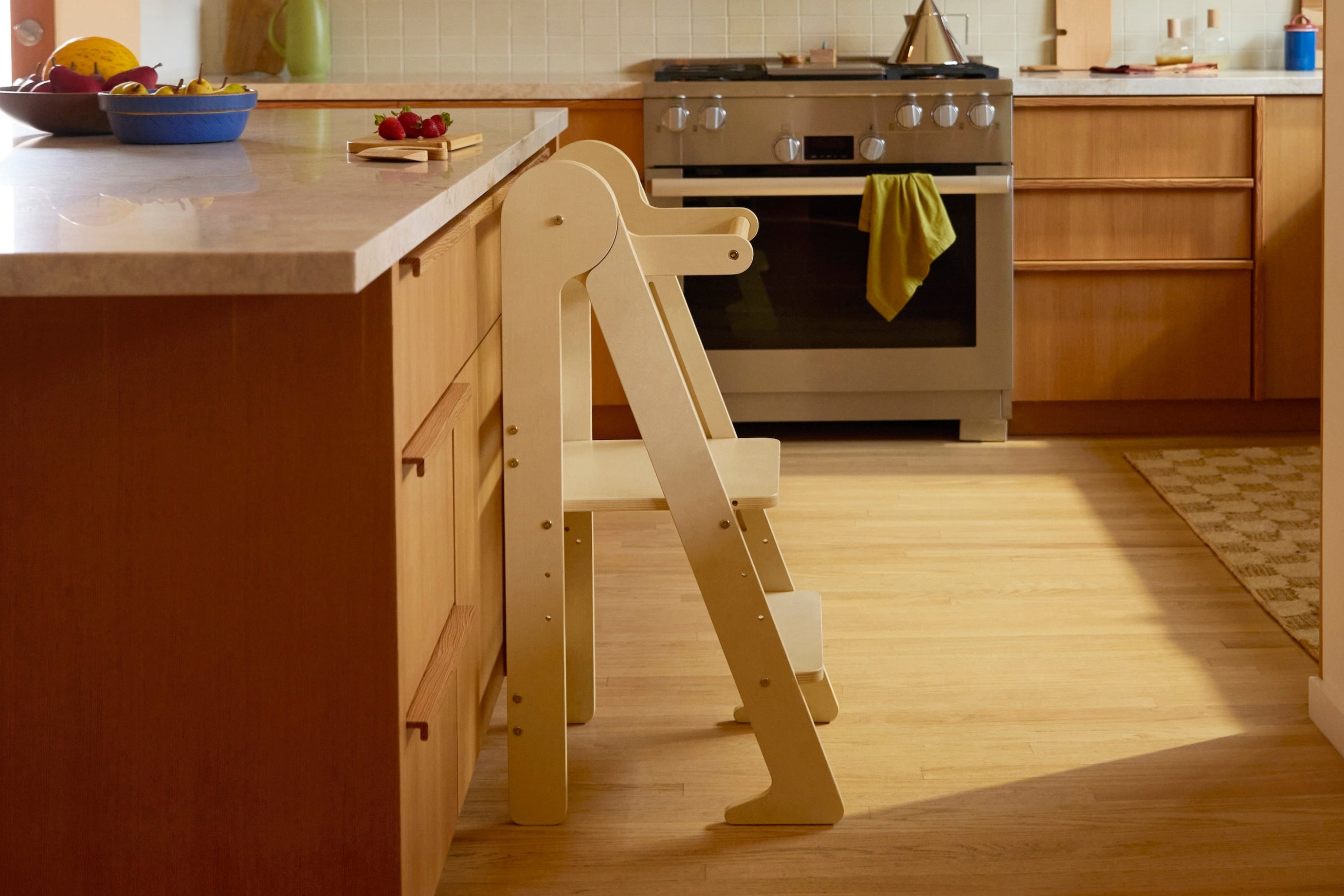
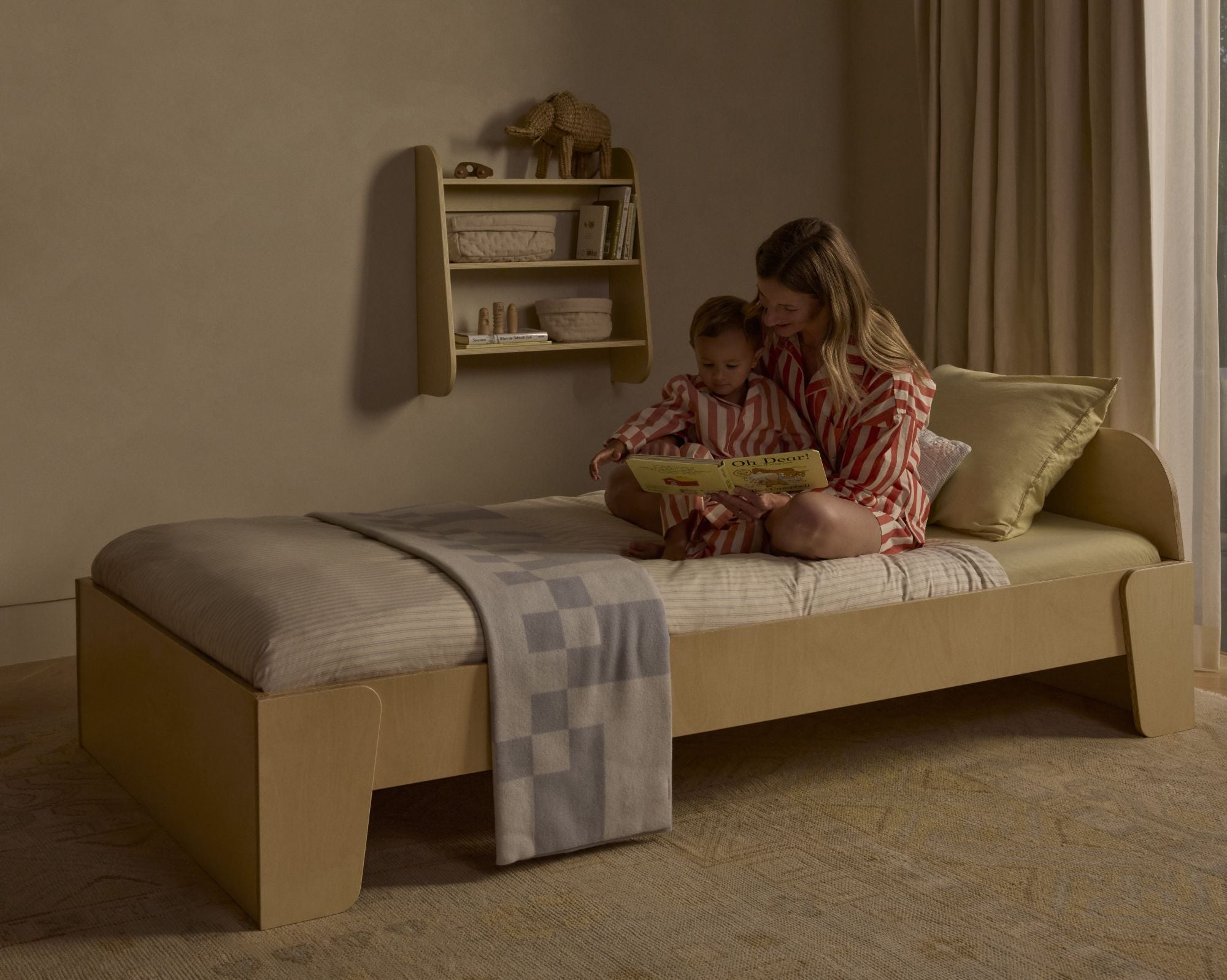
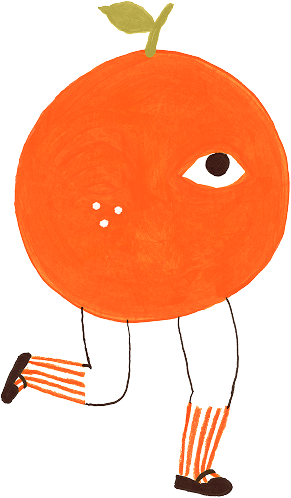
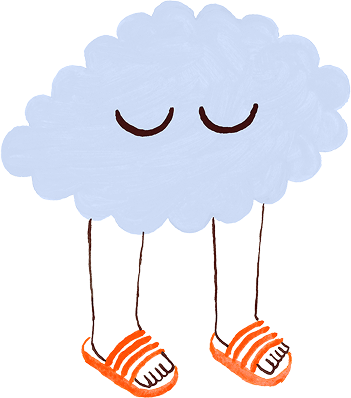
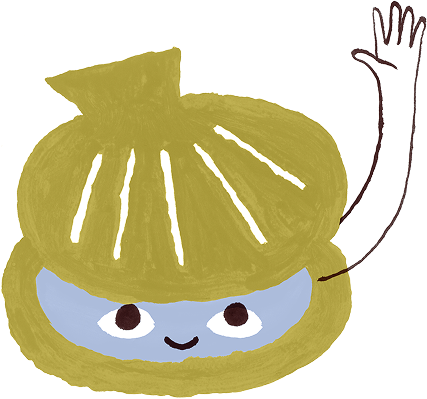

Leave a comment
This site is protected by hCaptcha and the hCaptcha Privacy Policy and Terms of Service apply.